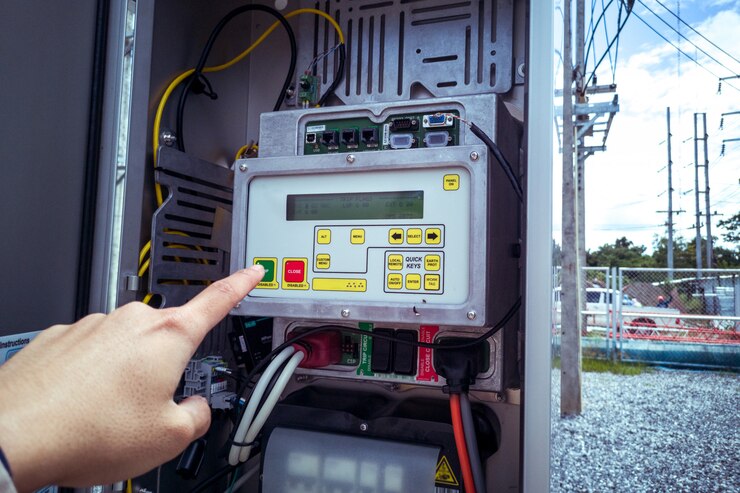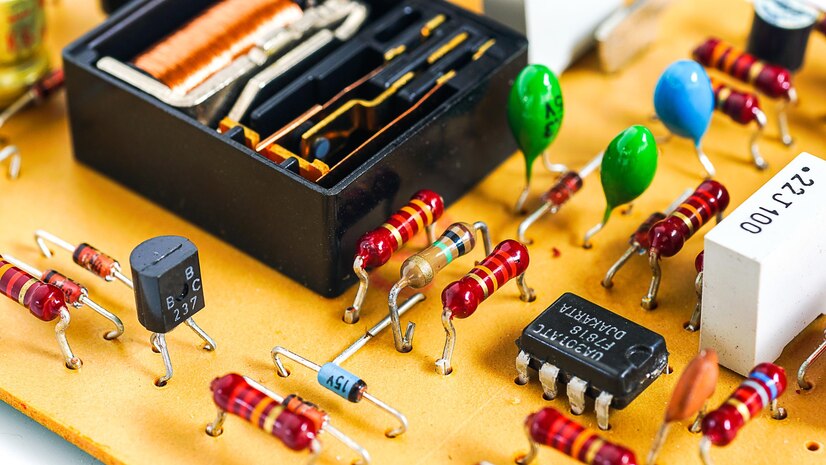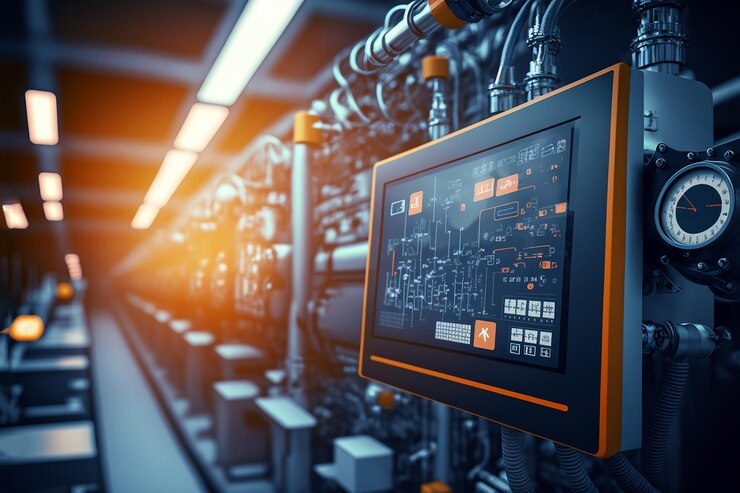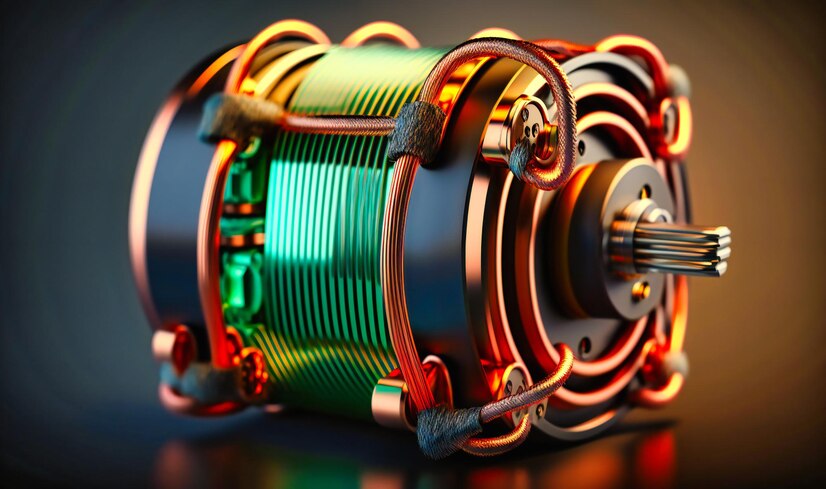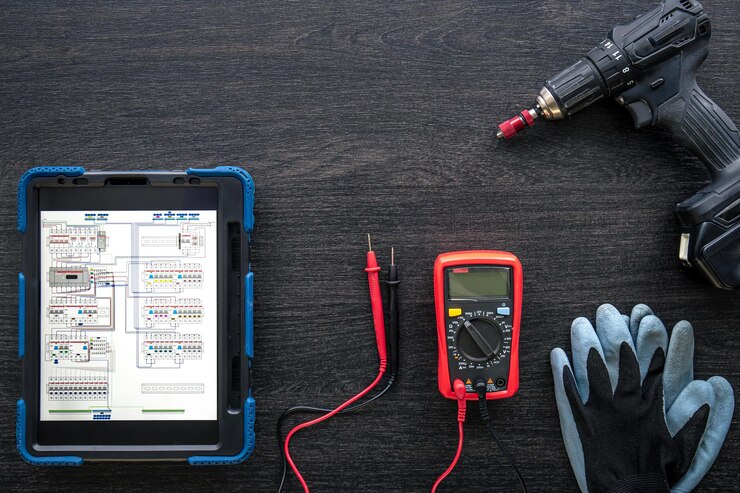Generator transfer switch installation is a crucial step in ensuring a seamless and safe power supply during outages. Whether you’re a homeowner looking to protect your family from unexpected power interruptions or a business owner seeking to maintain operations, a generator transfer switch is an indispensable piece of equipment. In this comprehensive guide, we will walk you through the essential steps and considerations for a successful generator transfer switch installation.
Introduction to Generator Transfer Switches
With the help of a generator transfer switch, you can effortlessly switch between your backup generator and your utility grid, which serves as your primary power source. When a power outage occurs, the transfer switch automatically disconnects your home or business from the grid and connects it to the generator, ensuring continuous power supply without the need for manual intervention.
Types of Generator Transfer Switches
Before delving into the installation process, it’s essential to understand the two main types of generator transfer switches:
- Manual Transfer Switch: This type requires manual operation to switch between power sources. While it’s more affordable, it’s less convenient during power outages, as you’ll need to be on-site to initiate the switch.
- Automatic Transfer Switch (ATS): ATS is the preferred choice for most homeowners and businesses. It automatically detects a power outage and switches to the generator, providing uninterrupted power supply. When the grid power is restored, it switches back without any manual intervention.
Steps for Generator Transfer Switch Installation
Step 1: Safety First
Safety should always be your top priority. During installation, make sure you turn off the main circuit breaker in your electrical panel to avoid any electrical mishaps.
Step 2: Choose the Right Location
Select an appropriate location for your generator transfer switch. It should be easily accessible and close to your electrical panel. Make sure the switch is shielded from the weather; exposure to precipitation or extremely high or low temperatures can harm it.
Step 3: Install the Transfer Switch
- Mount the Transfer Switch: Attach the transfer switch securely to the chosen location using wall anchors or brackets.
- Connect the Electrical Wires: Carefully follow the manufacturer’s instructions to connect the wires from the transfer switch to your electrical panel, generator, and utility power source. It’s essential to have a licensed electrician handle this part to ensure safety and compliance with local electrical codes.
- Grounding: Properly ground the transfer switch and generator to prevent electrical hazards. This step is critical for your safety and the longevity of your equipment.
Step 4: Test the System
It’s time to test the system after it has been installed. To begin, conduct a number of tests to make sure the transfer switch operates as intended. Test both manual and automatic modes if your switch supports them.

Step 5: Regular Maintenance
Regular maintenance is key to ensuring your generator transfer switch operates effectively during an outage. Schedule annual inspections by a qualified technician to check for any issues and perform necessary maintenance tasks.
Benefits of Generator Transfer Switches
Installing a generator transfer switch offers several advantages:
- Automatic Power Supply: ATS models provide automatic and seamless power supply during outages, eliminating the need for manual intervention.
- Safety: The transfer switch ensures that your backup generator doesn’t feed electricity back into the grid, which could endanger utility workers.
- Convenience: With an ATS, you can leave your home or business unattended during an outage, knowing that power will be restored automatically.
- Protection: A transfer switch protects your appliances and electronic devices from power surges that can occur when the grid power is restored.
Frequently Asked Questions (FAQs) About Generator Transfer Switch Installation
Installing a generator transfer switch is a significant decision that involves various considerations. Here, we answer some frequently asked questions about the installation procedure and advantages of a generator transfer switch that are frequently raised by homeowners and business owners.
1. What is a generator transfer switch?
A generator transfer switch is an electrical device that allows you to switch seamlessly between your main power source (utility grid) and a backup power source (generator) during power outages. It ensures that your home or business continues to receive electricity without manual intervention.
2. Why do I need a generator transfer switch?
A transfer switch for generators is necessary for both convenience and safety. It prevents backfeeding of electricity into the grid, protecting utility workers and your electrical system. It also automatically switches to your backup generator during outages, ensuring uninterrupted power supply.
3. Can I install a generator transfer switch myself?
While some homeowners may have electrical experience, it is strongly recommended to hire a licensed electrician for generator transfer switch installation.Working with electricity can be dangerous, and installing it incorrectly can cause major safety risks as well as damage to your equipment.
4. What are the different types of generator transfer switches?
Generator transfer switches come in two primary varieties:
- Manual Transfer Switch: Requires manual operation to switch between power sources It is more affordable but less convenient during outages.
- Automatic Transfer Switch (ATS): Automatically detects power outages and switches to the generator. When grid power is restored, it switches back without manual intervention.
5. How do I choose the right location for the transfer switch?
Choose a location that is easily accessible, close to your electrical panel, and protected from the elements. It should be mounted securely on a wall and meet local electrical code requirements.
6. Do I need a generator to use a transfer switch?
Yes, a generator is required to use a generator transfer switch effectively. The switch facilitates the connection between your electrical panel and the generator during power outages.

